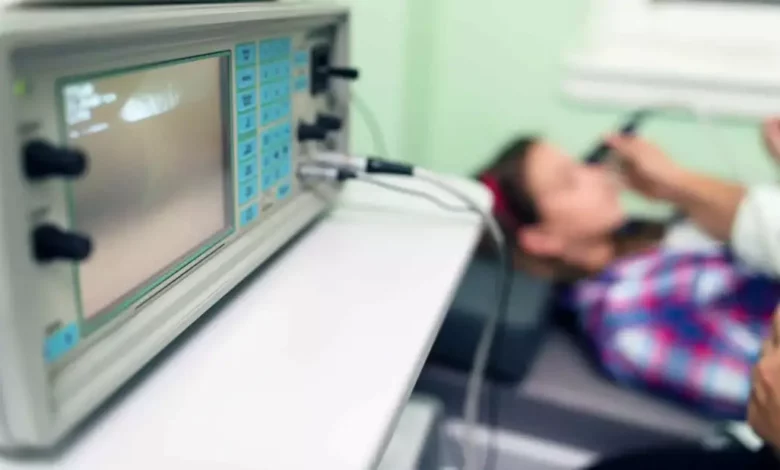
A recent study presented at the Pediatric Academic Societies (PAS) 2024 Meeting in Toronto suggests that using ocular ultrasound in the emergency room could be a quick and safe method to detect brain drainage tube failure in children.
Ventricular shunts, small plastic tubes surgically placed to relieve pressure on the brain by draining excess fluid, are commonly used to treat hydrocephalus in children. Hydrocephalus is a condition caused by improper brain fluid drainage or absorption, often due to tumors, brain bleeds, or other factors. However, within two years of implantation, approximately 30% of these shunts break, become misplaced, or become clogged. Additionally, about 5% of shunts fail annually after the first two years.
When children with shunts visit the emergency department due to potential shunt failure, their symptoms are often nonspecific, including headache, vomiting, and fatigue. Detecting shunt failure is critical as it can be life-threatening. Currently, these children undergo multiple computed tomography and magnetic resonance imaging scans each year, which exposes them to excessive radiation and sedation. However, researchers have found a potential solution using ocular ultrasound.
The study discovered that comparing the diameter of the optic nerve when a patient is symptomatic to the diameter when they are well can help determine if a shunt is blocked. Researchers can identify potential shunt failure by measuring the swelling of the optic nerve sheath caused by fluid backup.
Dr. Adrienne L. Davis, the pediatric emergency medicine research director at The Hospital for Sick Children (SickKids) and the presenting author, stated that the research team aims to reduce radiation exposure and expedite the diagnosis of shunt failure in the emergency department. The study’s approach involves individualizing the test for each patient, recognizing their unique degree of shunt dependence and ability to tolerate high brain pressures.
The study analyzed 76 pairs of eye ultrasounds from nearly 60 children who visited the emergency department of a Toronto hospital due to potential shunt failure. While the findings are promising, further confirmation is required in a larger population of children with shunts across North America.
This innovative use of ocular ultrasound has the potential to revolutionize the detection of brain drainage tube failure in children, leading to faster and safer diagnosis in emergencies.



